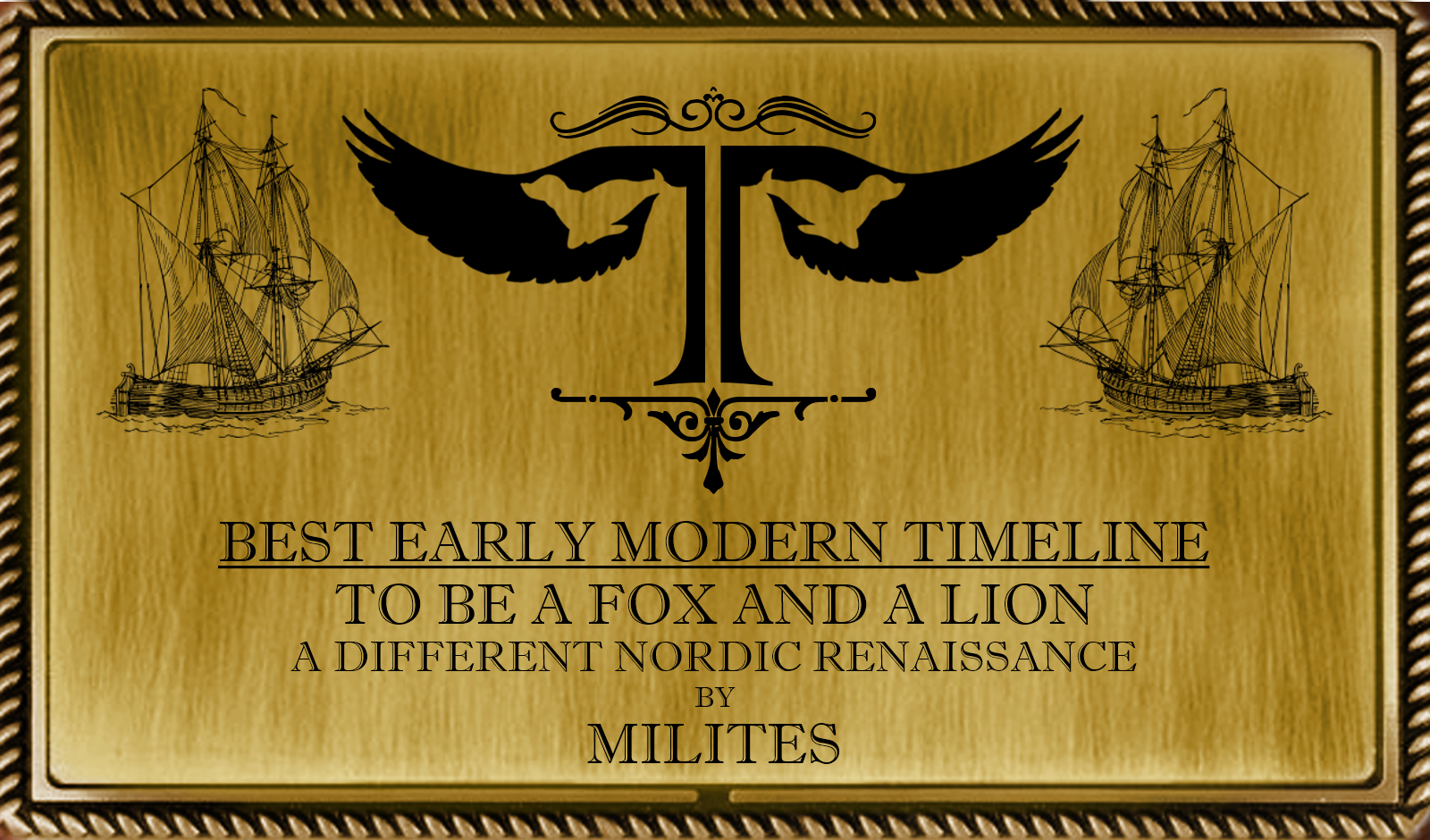Since the cool kids
@FalconHonour and
@Cate13 are doing it I might as well.
This is an attempted introduction for my Timeline, I hope it is not too long.
This timeline takes place during the Sengoku period of Japan, it was a time where Japan was divided among feudal lords who were namely out to maintain their own power. You have several famous names that pop up like Oda Nobunaga, Takeda Shingen, Tokugawa Ieyasu, Uesugi Kenshin, and Toyotomi Hideyoshi, but I wanted to go with someone who could have been a contender. Imagawa Yoshimoto, of the Imagawa clan was the head of a regional power in it's own right, they controlled three provinces of Japan, only surrounded by two strong allies the Takeda and Hojo, with one comparatively minor enemy, the recently united Oda clan of Owari under Oda Nobunaga.
Yoshimoto would prepare to march on the capital and that meant an invasion of Owari, during which Yoshimoto met little resistance. However everything would change when Nobunaga against the reasoning of his advisers to either make a stand at his castle or surrender, attack Yoshimoto's army during a thunderstorm, and had managed to kill Yoshimoto. The death of Yoshimoto, left the Oda free to expand and gain strength to unify Japan, as the Imagawa collapsed.
The POD here is Yoshimoto feels that such an attack could happen and let Nobunaga attack, catching Nobunaga an ambush that leaves him dead in the aftermath. So I wanted to work with a TL that deals with a drastically different Sengoku period from OTL, but I also wanted to make a unified Japan that doesn't fall into, oh Japan unites and invades China or Korea for reasons, but still does remain open to the world. Another reason was to show the Sengoku period as what it really was, once you get past the romanticism, it was a period where sons killed their fathers, fathers killed their own sons, and brother would fight against brother. Yet the Obsessive Compulsive in me also wanted to explore the rest of the world during this time and not leave it static, so that meant toying around with ideas on how much can I change the rest of the world and still keep it plausible.
Because the Sengoku Period was largely moved by personality, and taking some inspiration from the novel
Romance of the Three Kingdoms the TL is narrative based to reflect on that. My timeline has been worked on for a while, even undergoing a rewrite, but I'm thankful for the nomination, and hope my timeline has been enjoyable.
